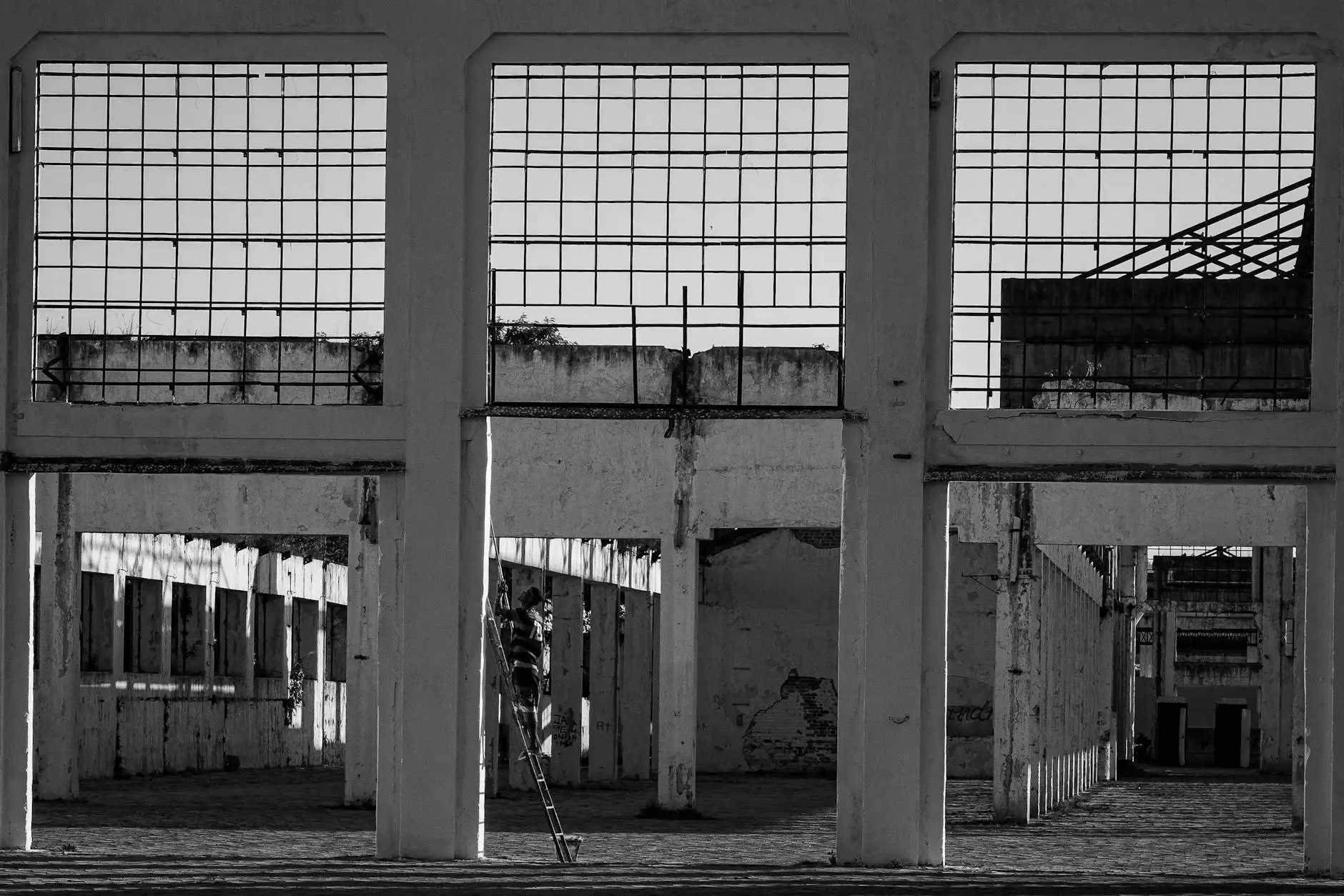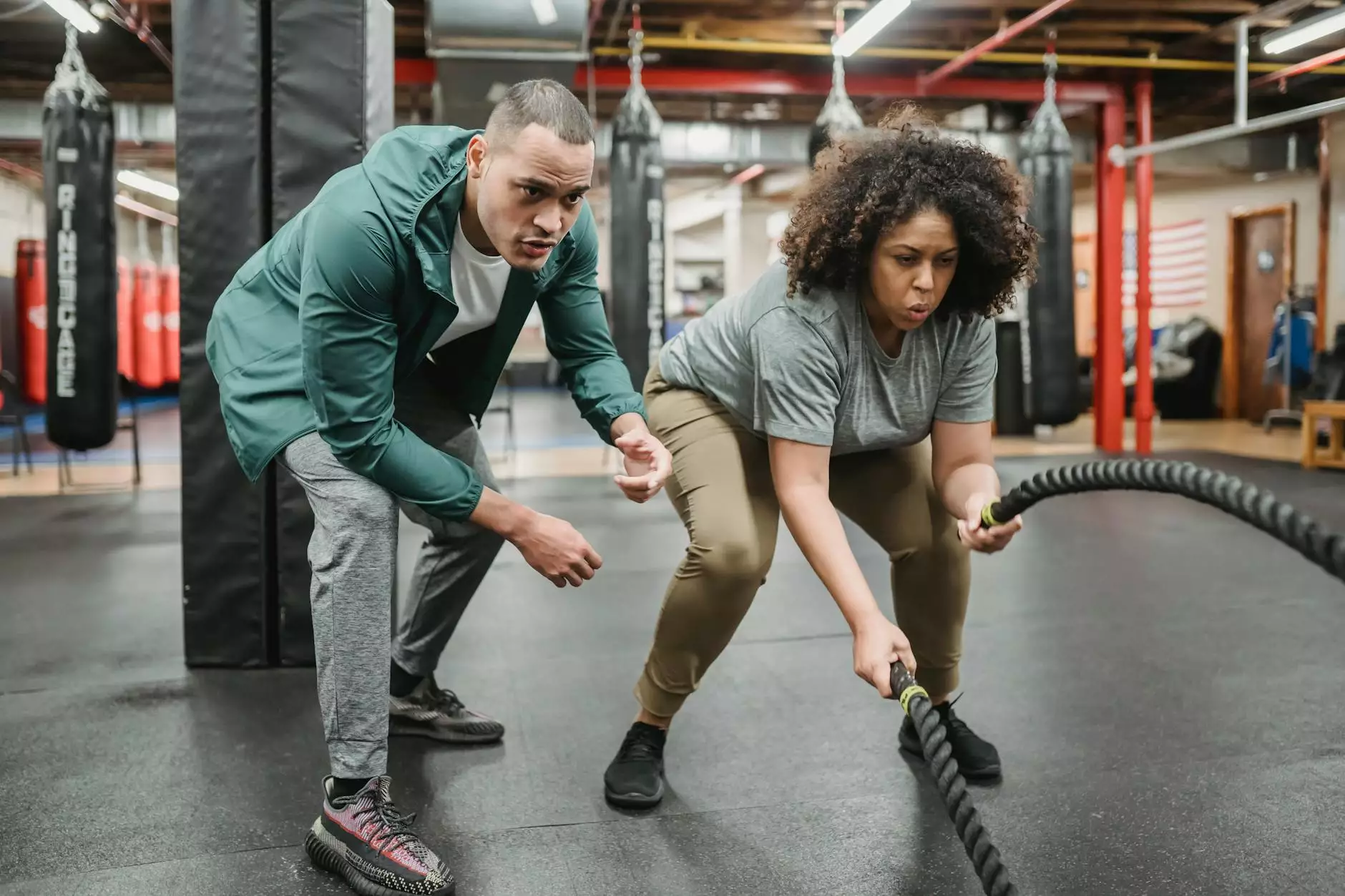Foot Drop Test: 5 Easy Exercises to Diagnose Peroneal Nerve Dysfunction
Blog
Welcome to Regency Square Care Center, a trusted provider of comprehensive geriatric and aging care services. We understand the importance of maintaining optimal health and independence as we age. In this article, we will discuss foot drop and provide you with five easy exercises to help diagnose peroneal nerve dysfunction.
Understanding Foot Drop
Foot drop is a condition characterized by the inability to lift the front part of the foot and toes properly, resulting in dragging or slapping the foot on the ground while walking. It is typically caused by nerve damage, specifically to the peroneal nerve, which runs down the lower leg and controls the muscles that lift the foot.
Foot drop can have various underlying causes, including:
- Nerve injuries or damage
- Nerve compression or entrapment
- Muscle weakness or paralysis
- Spinal cord disorders
- Stroke
- Muscular dystrophy
Recognizing the symptoms of foot drop is crucial for early diagnosis and appropriate treatment. If you experience the following symptoms, it is important to consult a healthcare professional:
- Inability to lift the foot
- Dropping or dragging of the foot
- Difficulties in walking or frequent stumbling
- Numbness or tingling in the foot or lower leg
- Weakness in the ankle or toes
Diagnosing Peroneal Nerve Dysfunction
Proper diagnosis is the first step towards effective treatment. While medical evaluation is necessary, there are simple exercises that can help identify whether you may be experiencing peroneal nerve dysfunction or foot drop. Remember to consult a healthcare professional before attempting these exercises.
1. Toe Lifts
Start by sitting in a chair with your feet flat on the floor. Lift all your toes towards the ceiling while keeping your heels firmly on the ground. Hold the position for a few seconds and then release. Repeat this exercise for about 10 repetitions, gradually increasing the duration and intensity.
2. Towel Curls
Place a small towel on the floor in front of you. While seated, use your toes to grasp the towel and scrunch it towards you. Hold the scrunch for a few seconds and then release. Repeat this exercise for about 10 repetitions, focusing on using your toes and not your entire foot.
3. Ankle Flexes
Lie on your back with your legs straight. Slowly flex your ankle and toes towards your head as much as possible. Hold the stretch for a few seconds and then relax. Repeat this exercise for about 10 repetitions, gradually increasing the range of motion.
4. Alphabet Exercise
While seated or lying down, imagine the alphabet in front of you. Use your toes to "write" each letter of the alphabet in the air. This exercise helps improve the coordination and strength of the foot and ankle muscles.
5. Calf Raises
Stand behind a chair or counter for support. Raise your heels off the ground as high as possible while keeping the balls of your feet planted firmly on the floor. Hold the raised position for a few seconds and then lower your heels back down. Repeat this exercise for about 10 repetitions, gradually increasing the number of sets.
When to Seek Medical Attention
While these exercises can help evaluate peroneal nerve dysfunction or foot drop, it is important to consult a healthcare professional for a thorough examination and diagnosis. They will be able to provide personalized treatment options based on your specific condition.
At Regency Square Care Center, we prioritize the well-being and quality of life of our patients. Our dedicated team of healthcare professionals specializes in providing comprehensive geriatric and aging care services. If you are experiencing symptoms of foot drop or any other aging-related concerns, we are here to help.
Contact Regency Square Care Center today to schedule a consultation or learn more about our services. Together, we can ensure your health and independence for years to come.










